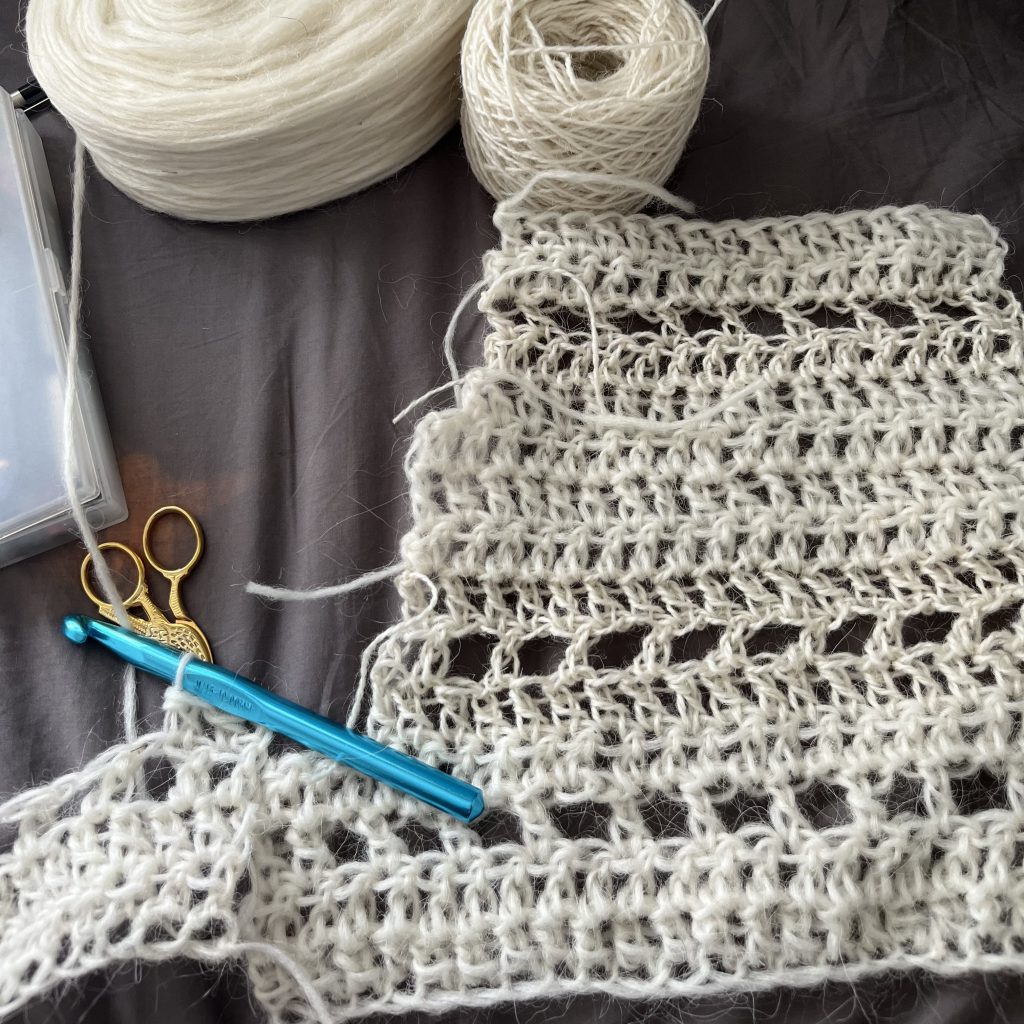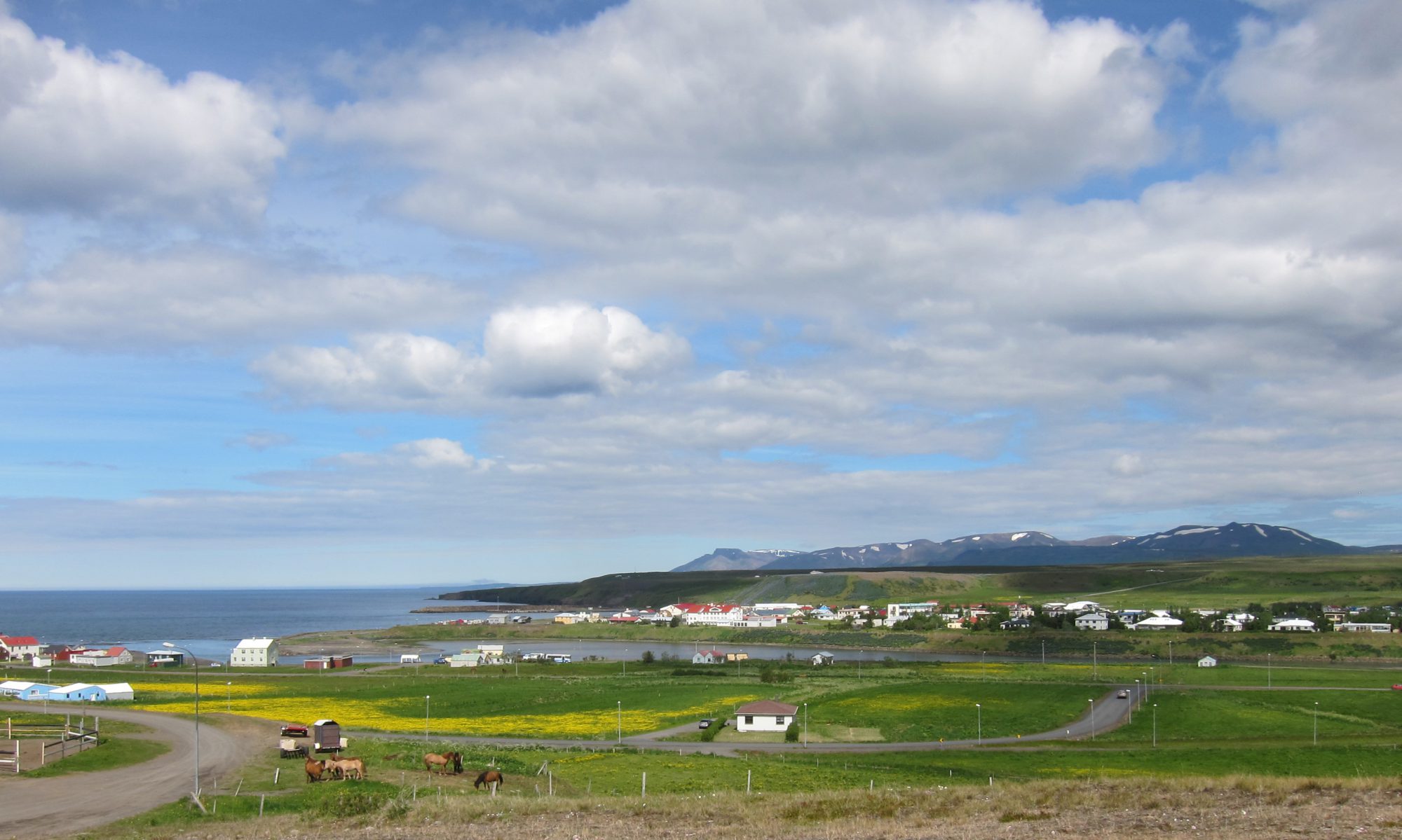As a person who works with natural fibres in both my job and personal work, I thought my yarn snobbery had reached a modest limit. Though I prefer to work with animal fibres, and I appreciate the qualities that come with them – smelliness, shrinking, felting, and scratchiness alike – I also understand that I am in a privileged place to be able to use them consistently. Before coming to Iceland, I thought I was a simple woman with a love for wool. I have since realized it is so much more than that.
“The wool is alive”, said Johanna during our first spinning class. She was explaining how the newly spun yarn needs a day or so to relax on the winding wheels before it can be taken off and washed. We mused about the tension from our bodies and minds being translated into the wool we spun, our first skeins holding extra energy from the palpable frustration of a first-time spinner. Deborah repeated the living wool sentiment in our natural dye workshop, speaking on the ability of wool to warm up a bucket of water via stored kinetic energy, and recounting how when crossing a river, travellers would get their socks wet first so as to warm them up in advance.
I am now thinking of the physical memory of wool in relation to immaterial memory. If the wool can hold information regarding the diet of the animal, the mood of the spinner, and holds enough energy to warm water, why should it not hold something from the wearer of a wool garment? What memory can I feel in my thrift store Lopapeysa – and what energy am I placing in the wool garments I create?

I’ve come to accept that the wool is too magical to ever put down and I will be a yarn snob forever. My snobbery has shifted however, moving more towards the most natural, hand-produced, straight-from-the-sheep wool possible. While I still feel a certain lust towards shiny silk and 26 micron mohair, there is something about the rustic, earthy feeling of Icelandic wool that feels simultaneously of the earth and beyond it.
